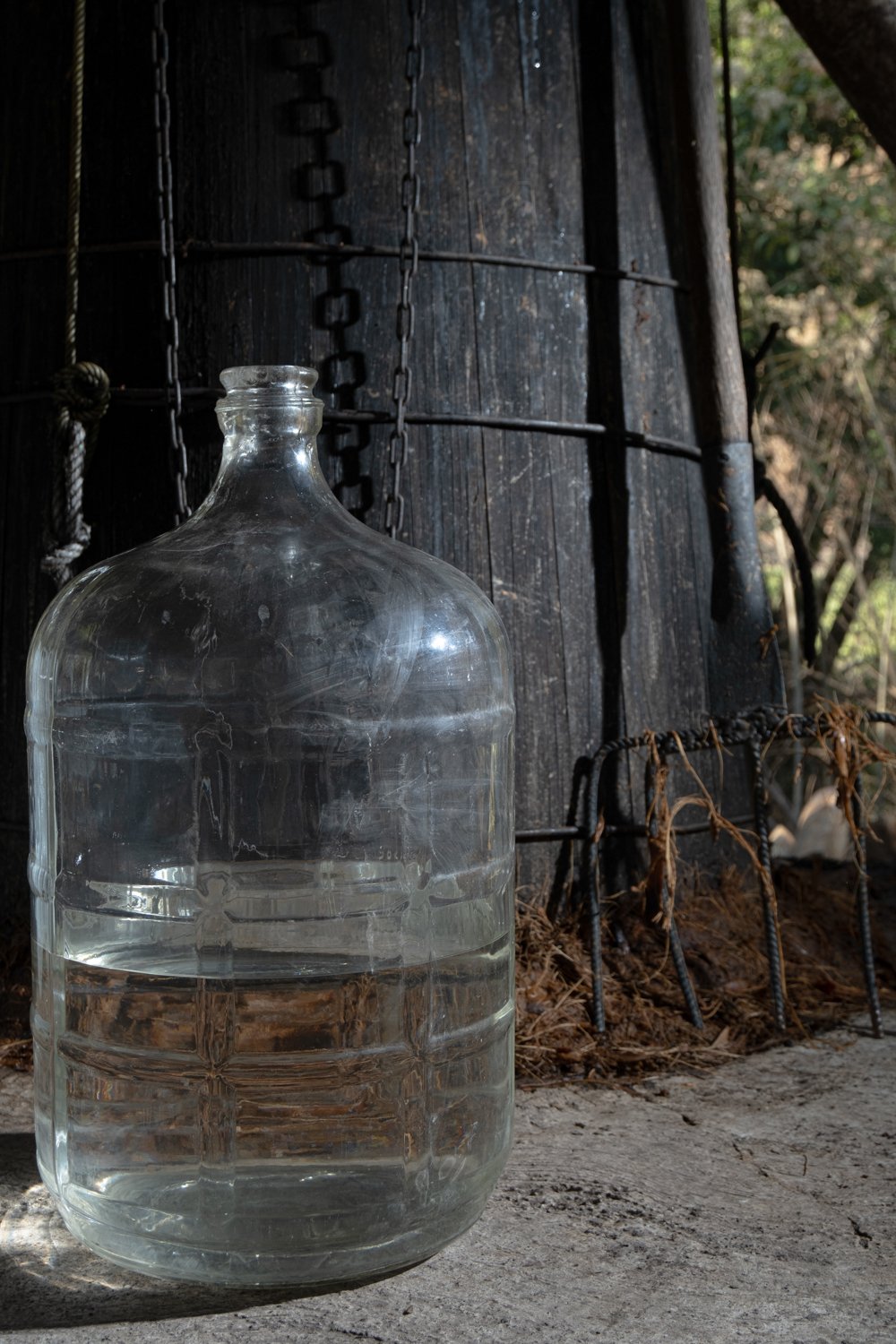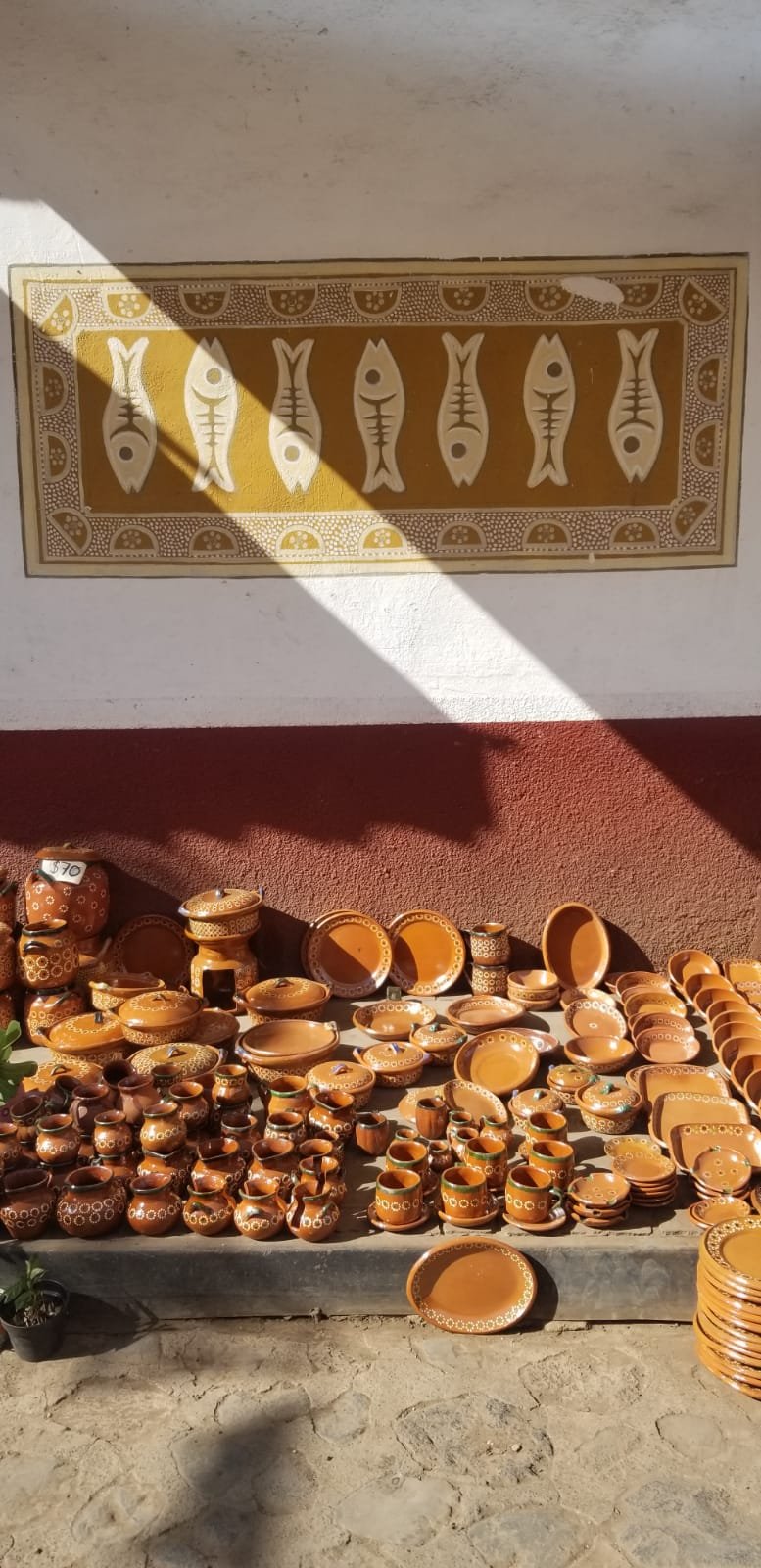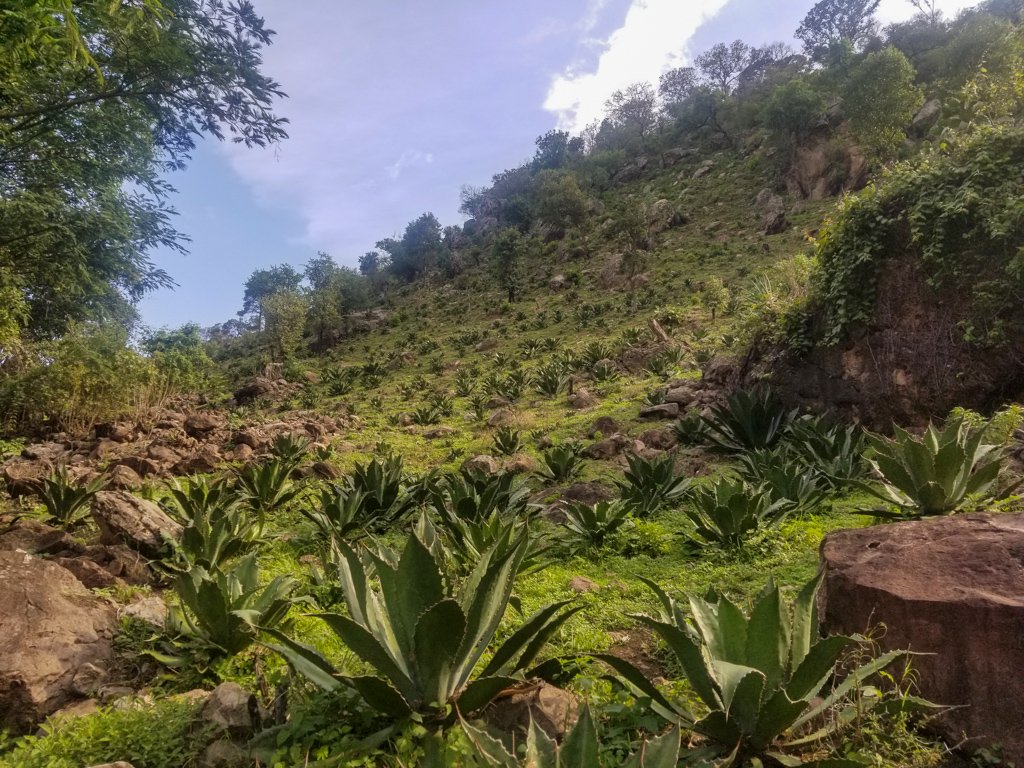What makes Michoacán so special?
Mocel’s mezcal is made in Michoacán using the region’s traditional techniques, but what does that really mean?
Michoacán is a state in southwestern Mexico bordering the Pacific Ocean. The region is most well known for Lake Pátzcuaro and its famously elaborate Día de Ánimas (Dia de Muertos) celebrations.
Due to its diverse ecosystems, it is the perfect place to produce mezcal variants, as the same species of maguey can taste different based on the region's terroir (land). Paricutín, a volcano that is one of the Seven Natural Wonders of the World; eight Pueblos Mágicos, and the Monarch Butterfly winter home are all located in Michoacán. With the gorgeous landscape, various climates and rich history, Michoacán is called “the soul of Mexico.”
In 2010, the United Nations added Mexico to the Representative List of the Intangible Cultural Heritage of Humanity because of Michoacán’s cuisine. UNESCO cites the value of traditional food as a way to grow and sustain community.
The name Michoacán is Nahuatl for “place of the fisherman” and in Purépecha it means “place near the water.” The indigenous Purépecha Empire used to be based in Michoacán, making the state one of the only regions devoid of Aztec presence. The methods used to craft mezcal date back to this time. Purépecha people still reside in the region and their culture is ever present–especially regional textile designs and methods. Mocel applies these skills in the making of our handcrafted, ceramic mezcal bottles.
So what makes Michoacán’s mezcal unique? Unlike other regions that use copper pots to distill their mezcal, Michoacán is unique in using a wooden still. Michoacán also still pulps the agave by hand, rather than using a tahona, a stone wheel. To learn more, check out this blog post about Michoacán’s mezcal distillation methods.




